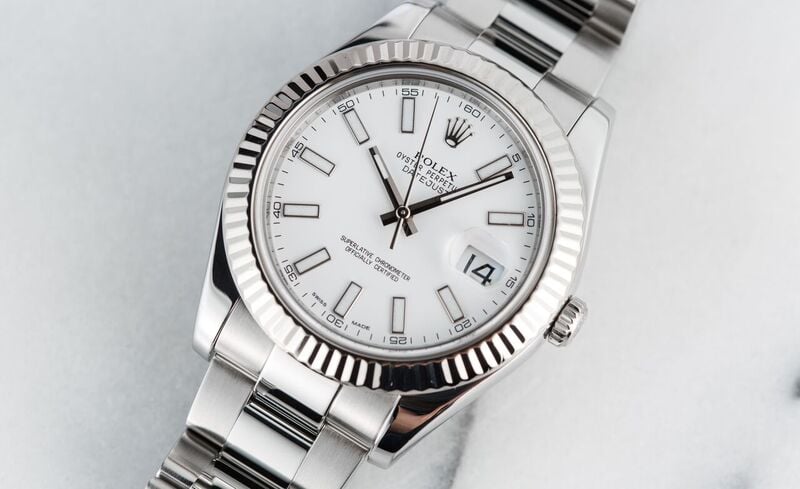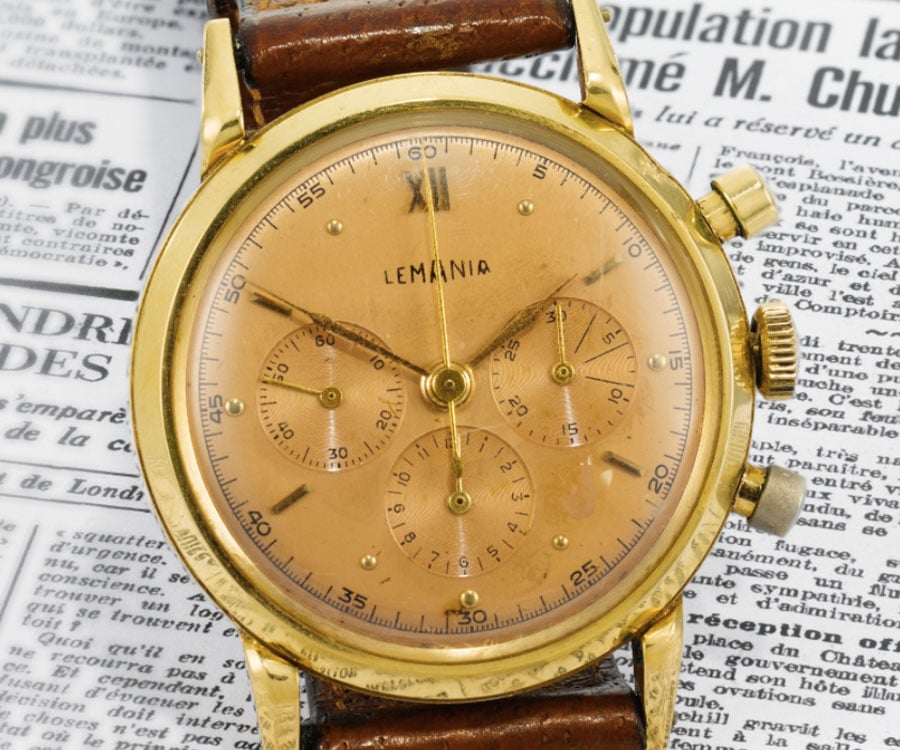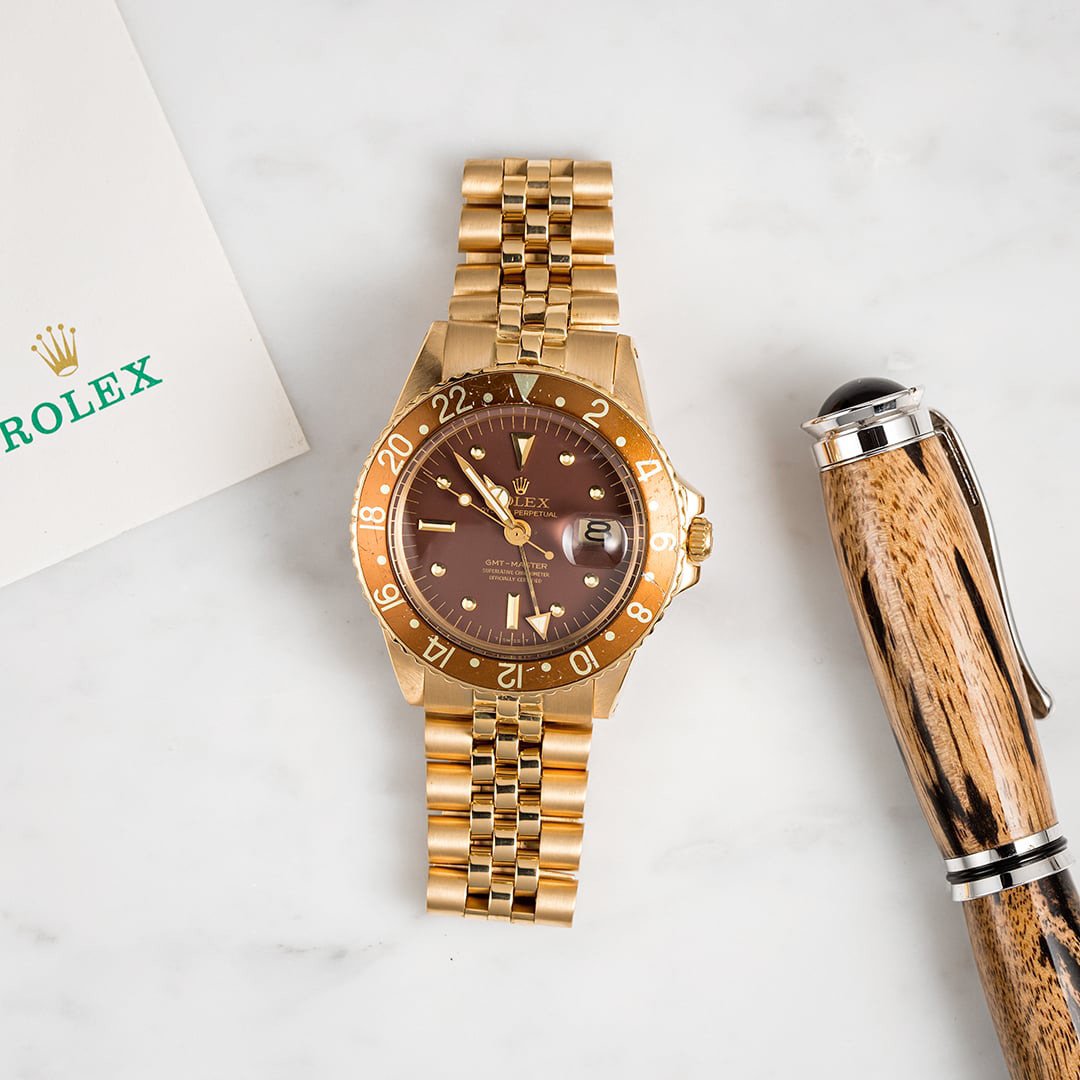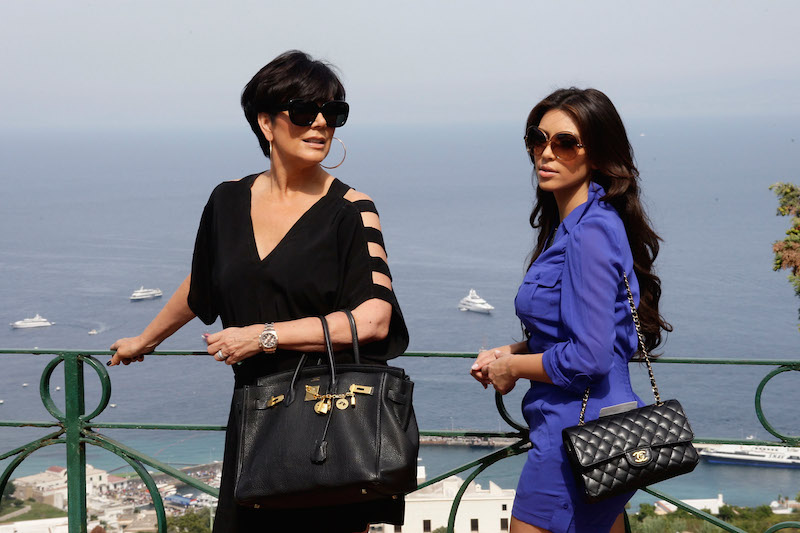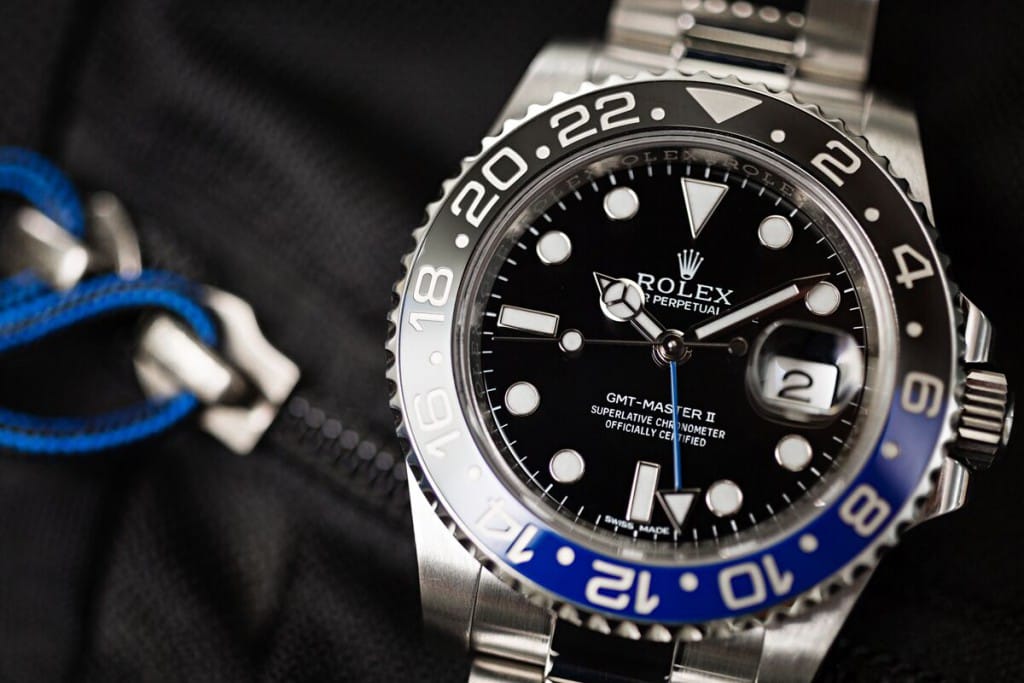Datejust II watches made its debut less than ten years ago at Baselworld 2009. As the larger, more masculine version of the traditional Datejust, it was a popular model indeed. Although the Datejust is a classic, many Rolex fans were looking for a bigger model to fit into current trends for larger watches. And the Datejust II did just that. Even though the Datejust II collection didn’t have a long production run—recently replaced by the new Datejust 41 model—it’s still a sought-after Rolex. So, let’s take a look at why that is.
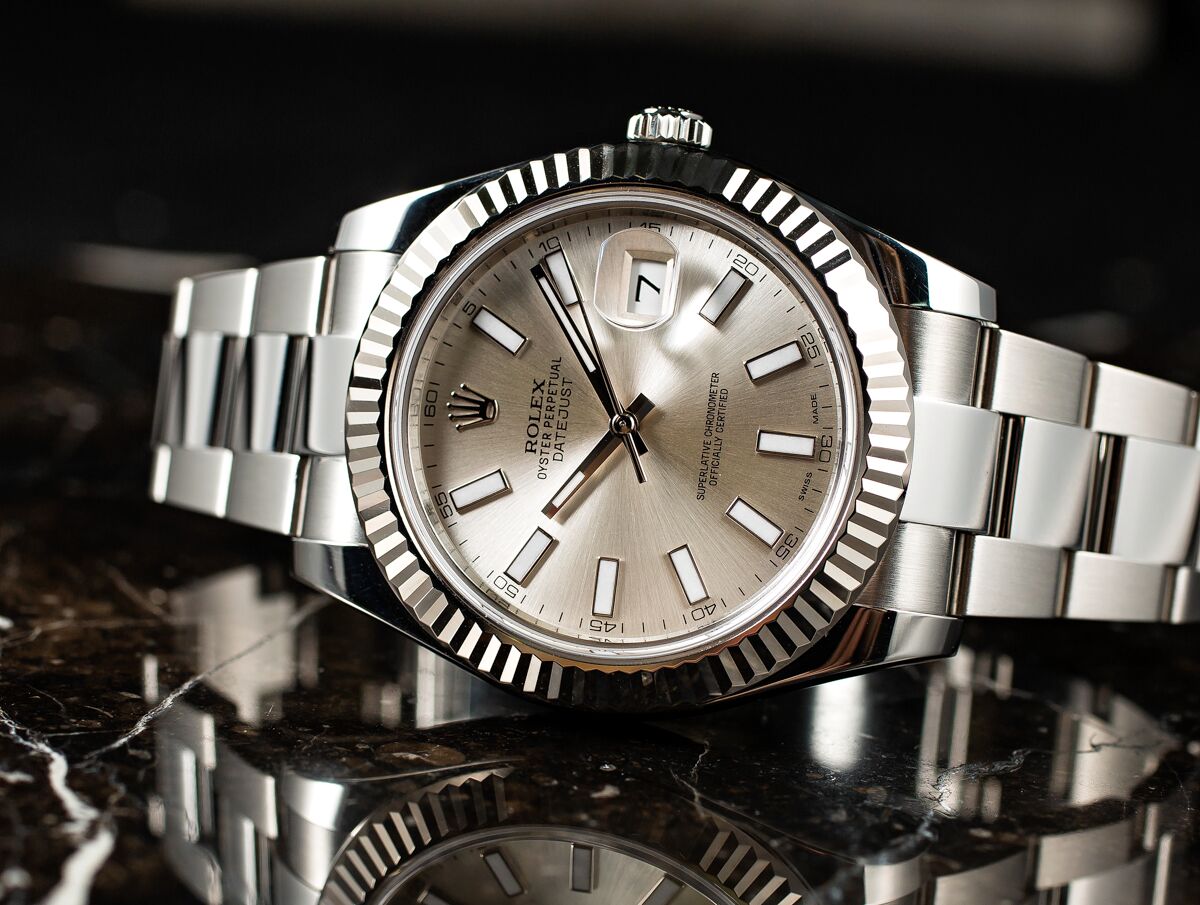
The Size of the Datejust II
While the traditional Rolex Datejust measures 36mm, the Datejust II is 41mm. As expected, those 5mm makes a big difference. The Datejust II wears nice and bold on the wrist, which is especially emphasized when accompanied by a wide fluted bezel and flat Oyster bracelet. This isn’t a shy watch. To put it into perspective, it’s larger than the 40mm Submariner! The result is an ultra-modern iteration of the very traditional Rolex Datejust.
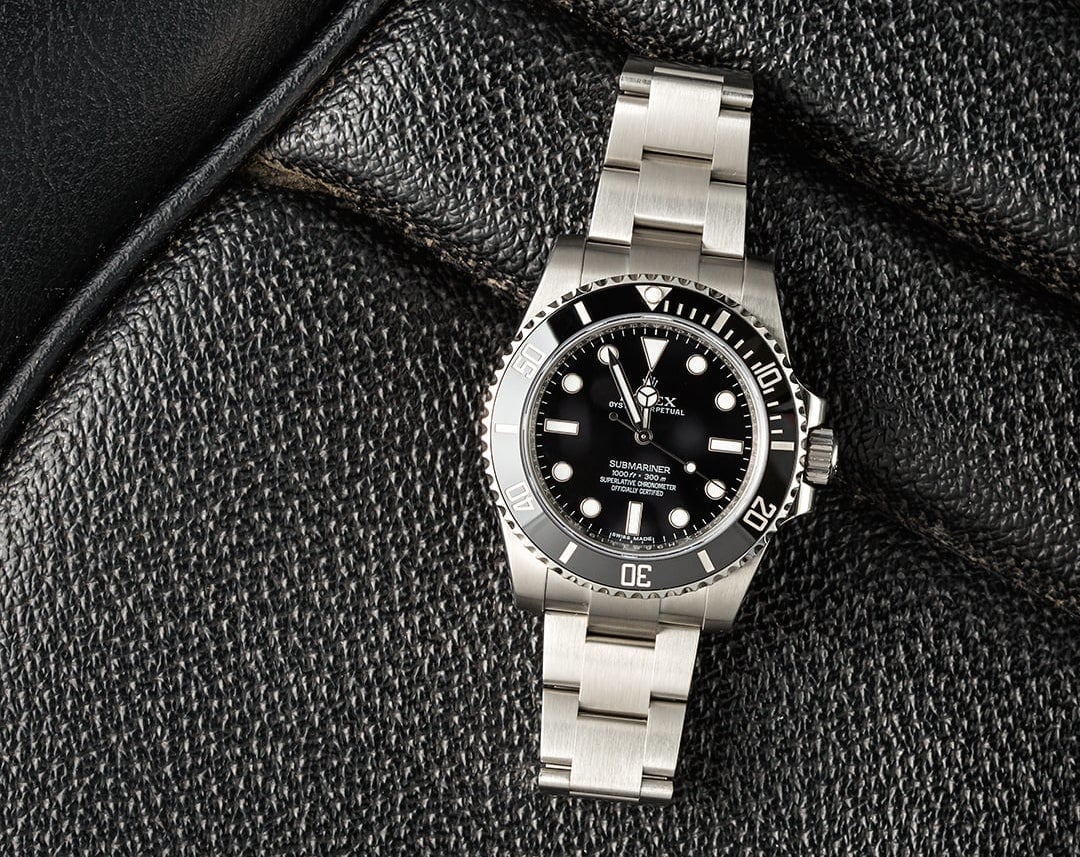
Even if on paper the new Datejust 41 and the preceding Datejust II have the same 41mm case size, the Datejust II wears bigger thanks to its thicker case, fatter lugs, and slightly broader shape.
Datejust II Watches
The Datejust II is available in several different versions. The inaugural models were exclusively Rolesor—Rolex’s combination of steel and gold—and an all steel model followed in 2012.
The yellow Rolesor model of the Datejust II is ref. 116333. An especially striking version of the Datejust II ref. 116333 is the one equipped with the “Wimbledon” dial. Rolex has always been closely associated with tennis and the prestigious Wimbledon championship in particular. The “Wimbledon” dial of the Datejust II ref. 116333 features a slate background and green and black Roman numerals. The dial, along with the yellow gold and steel case and bracelet, feels right at home sitting courtside at the legendary Wimbledon grass courts.
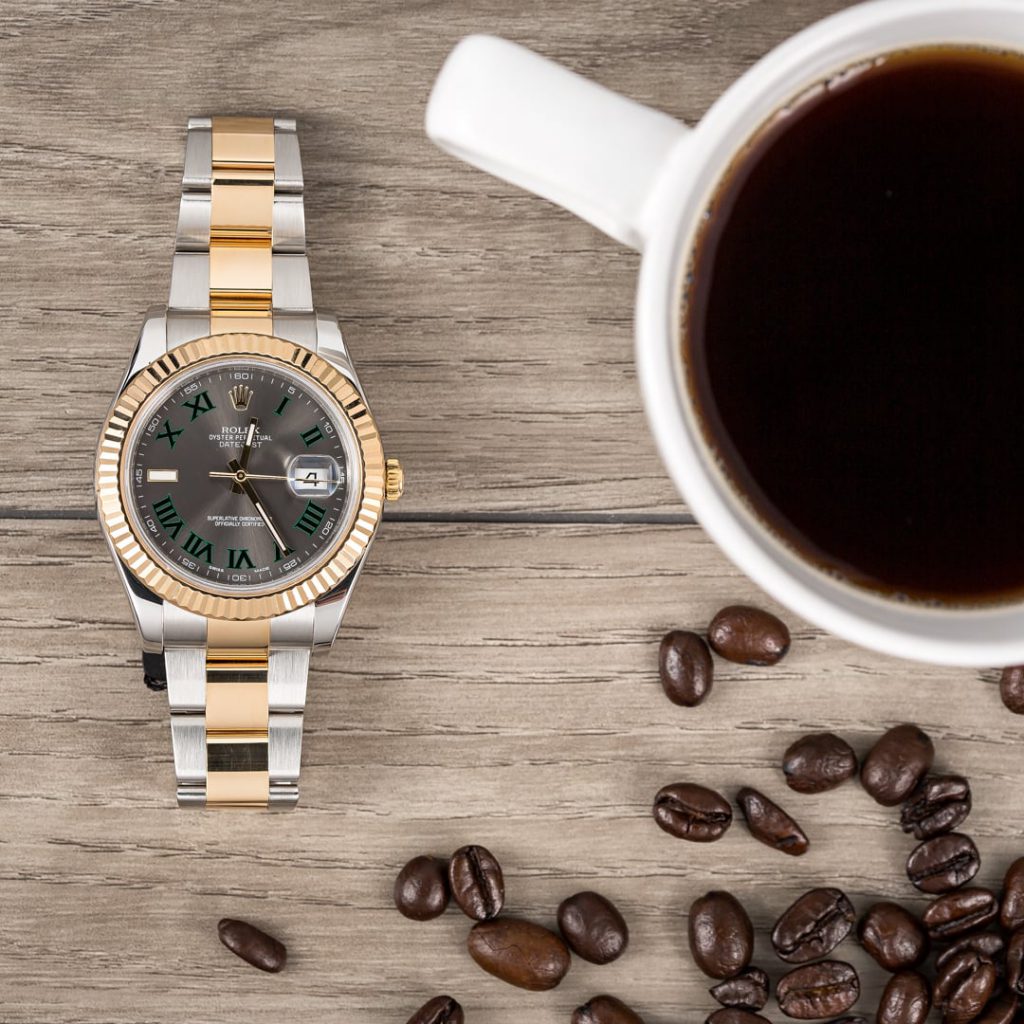
On the other hand, the white Rolesor model of the Datejust II is ref. 116334. Like all white Rolesor models, the Datejust ref. 116334 is actually predominately constructed of stainless steel, with only the fluted bezel in 18k white gold. Almost any dial option looks fantastic against the cool tones of the steel and white gold metals, but you can’t go wrong with the simplicity of a white dial and luminous baton markers. Alternatively, for a more vibrant face, the blue dial with Roman numerals is also very appealing.
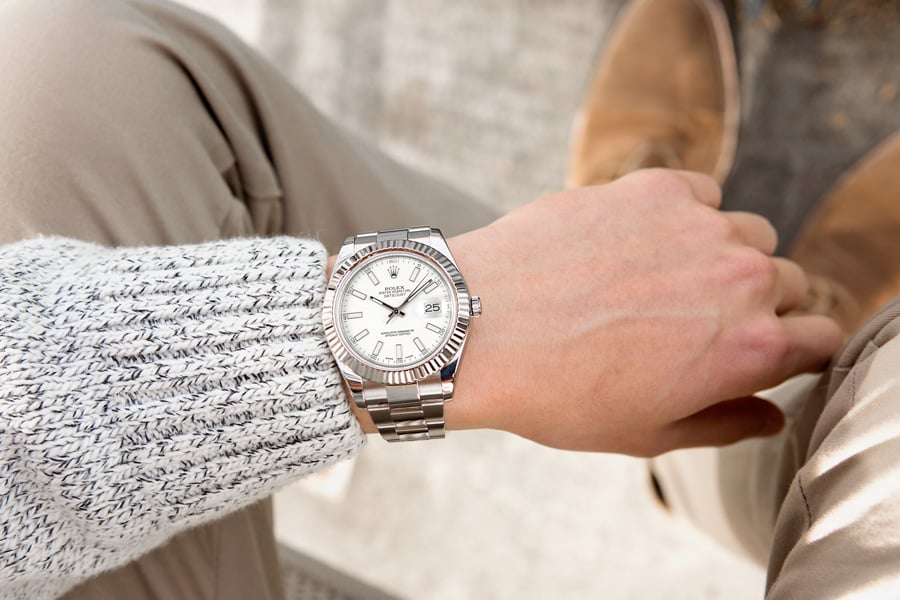
Finally, the all steel model of the Datejust II is the ref. 116300, characterized by its domed bezel. A great everyday dress watch, the steel Rolex Datejust II ref. 116300 offers a variety of dial colors and index options.
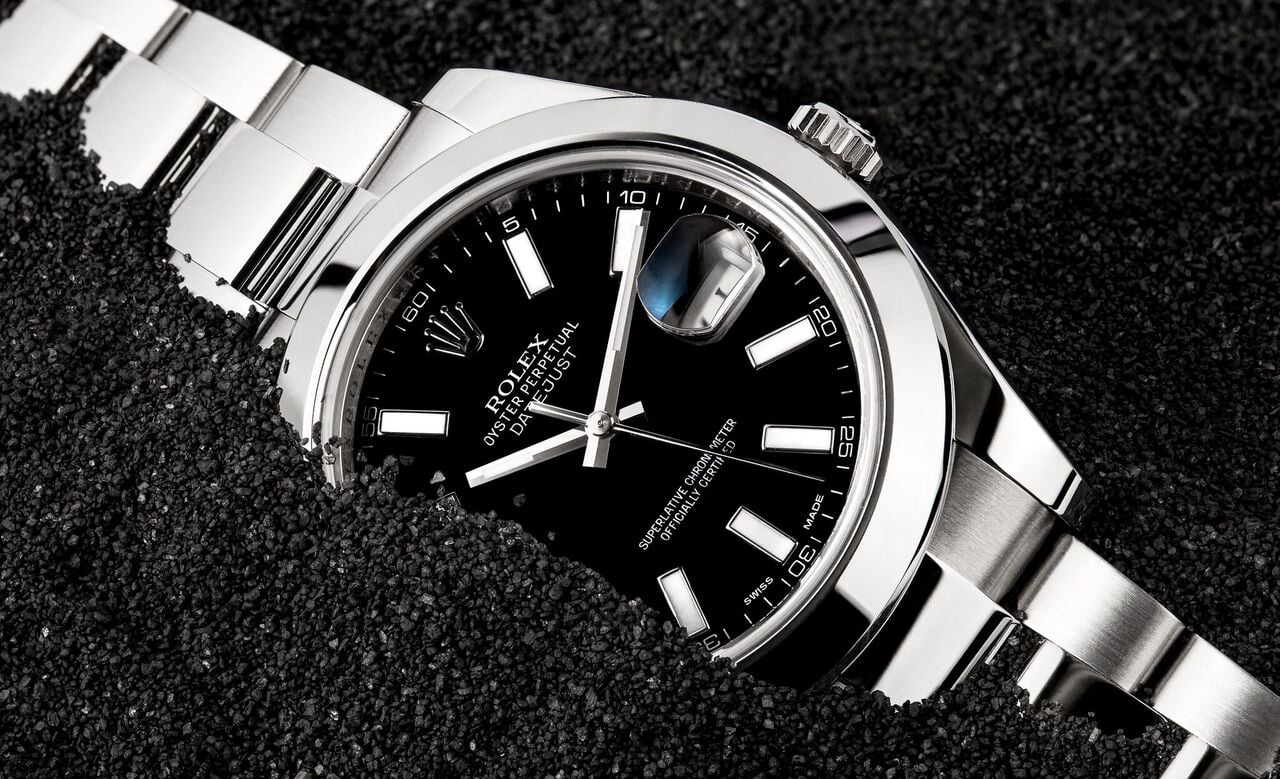
Rolex Caliber 3136
The Rolex Datejust runs on the Rolex Caliber 3136. This automatic mechanical movement was an upgraded version of the 3135. It includes a Parachrom hairspring and Paraflex shock absorbers to amp up the movement’s resistance to daily knocks and temperature variations. Of course, it goes without saying that the Caliber 3136 is COSC-certified. The Rolex Caliber 3136 operates at a frequency of 28,000 bph and offers around 48 hours of power reserve.
Similar to other modern Rolex watches, Caliber 3136 also has the quickset date function, meaning that the date can be changed independently of the center hands. Furthermore, the caliber also has the hacking feature where the seconds hand stops when the winding crown is out for more precise time setting.
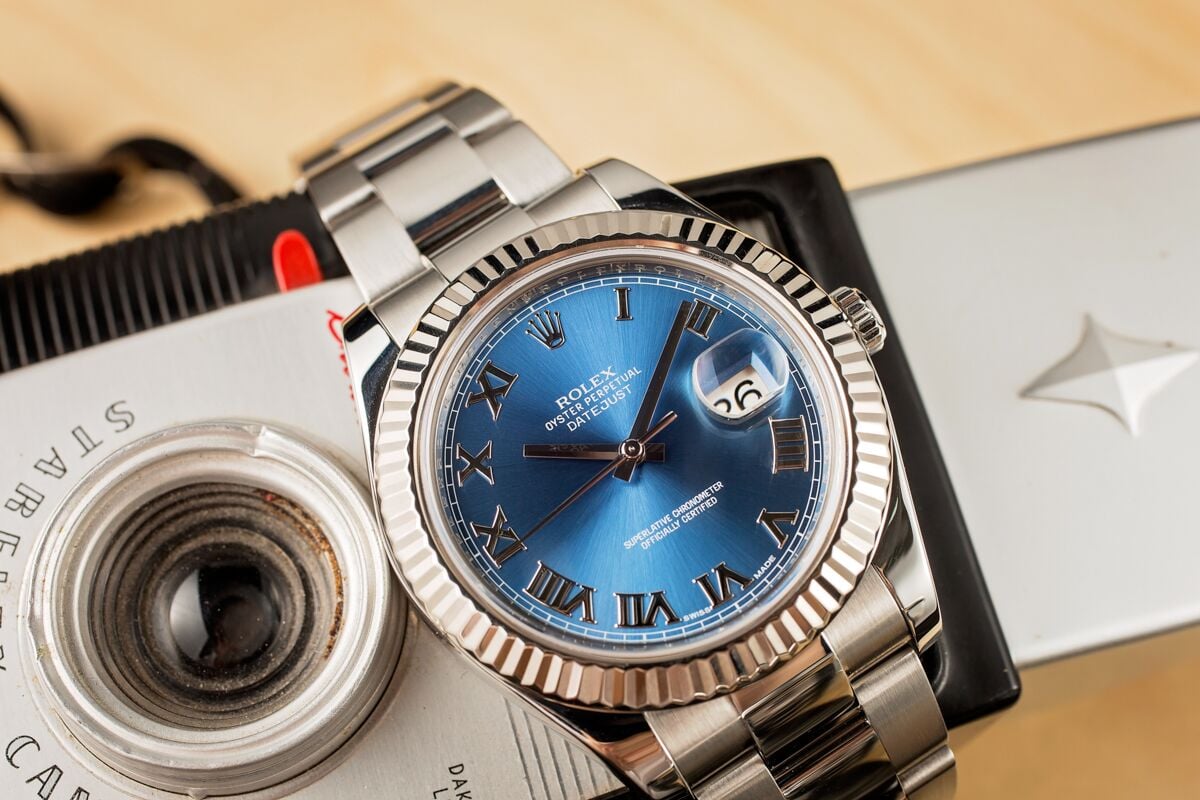
In 2016, the Datejust 41 replaced the Datejust II. While the new Datejust 41 is slimmer, we actually like the bolder and sportier look of the Datejust II. It’s ideal for those with larger wrists, or for those who just prefer bulkier timepieces. And with a choice of metals and dials, it’s easy to find the perfect Datejust II configuration.
What do you think of the size of the Datejust II? Do you prefer the 41mm or the 36mm size for the iconic Rolex Datejust?
